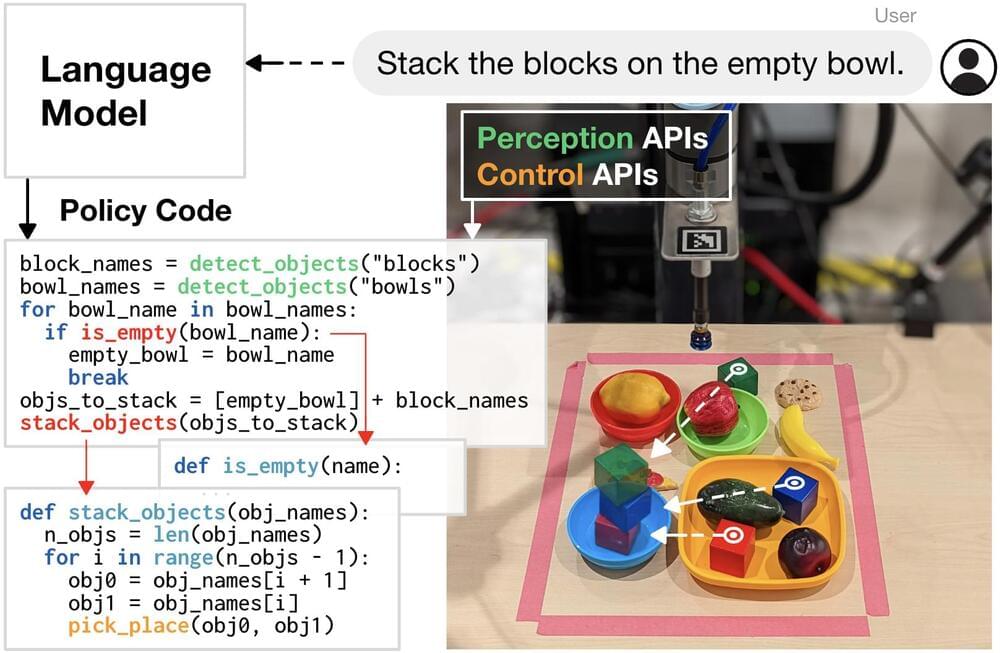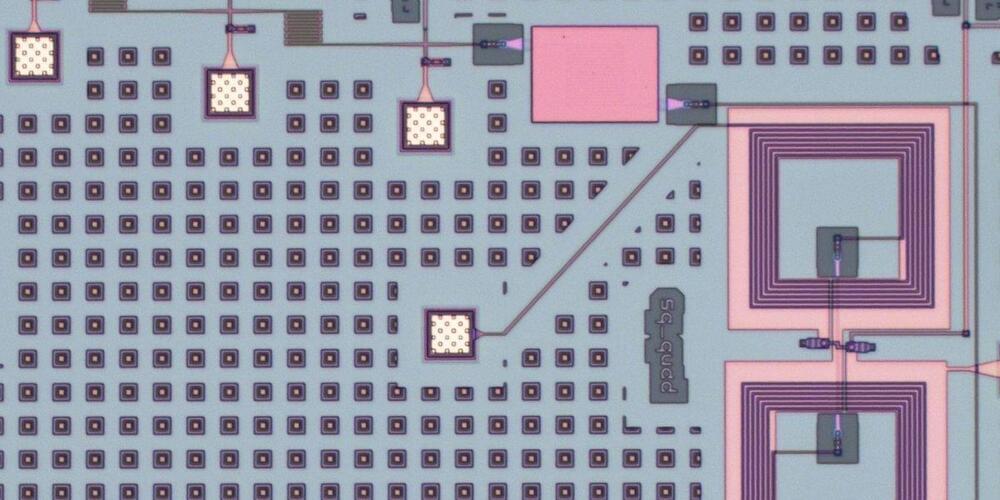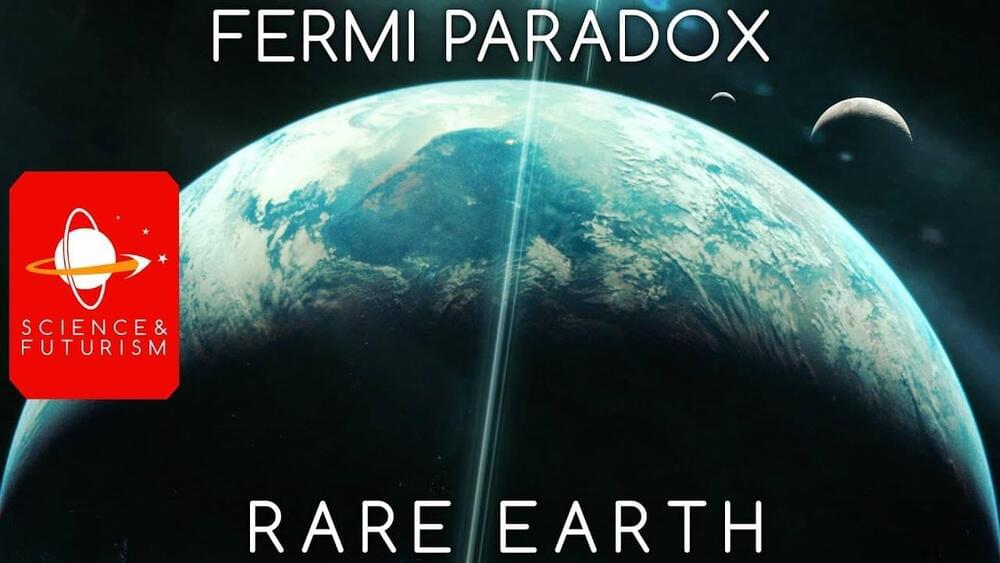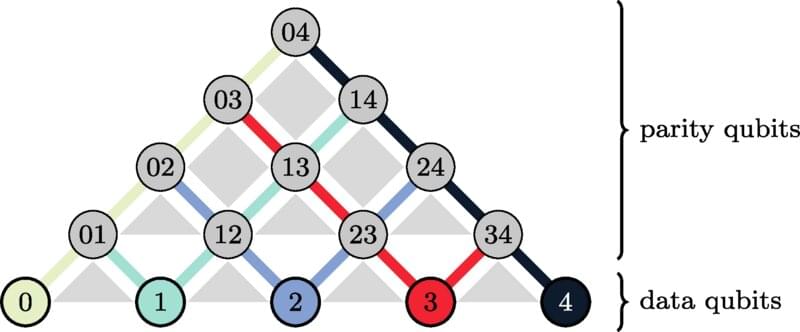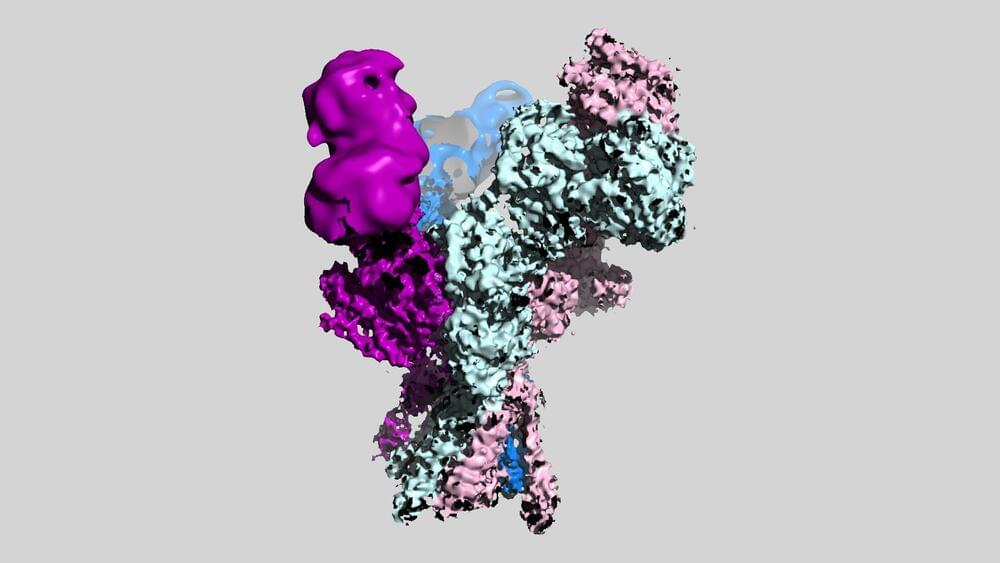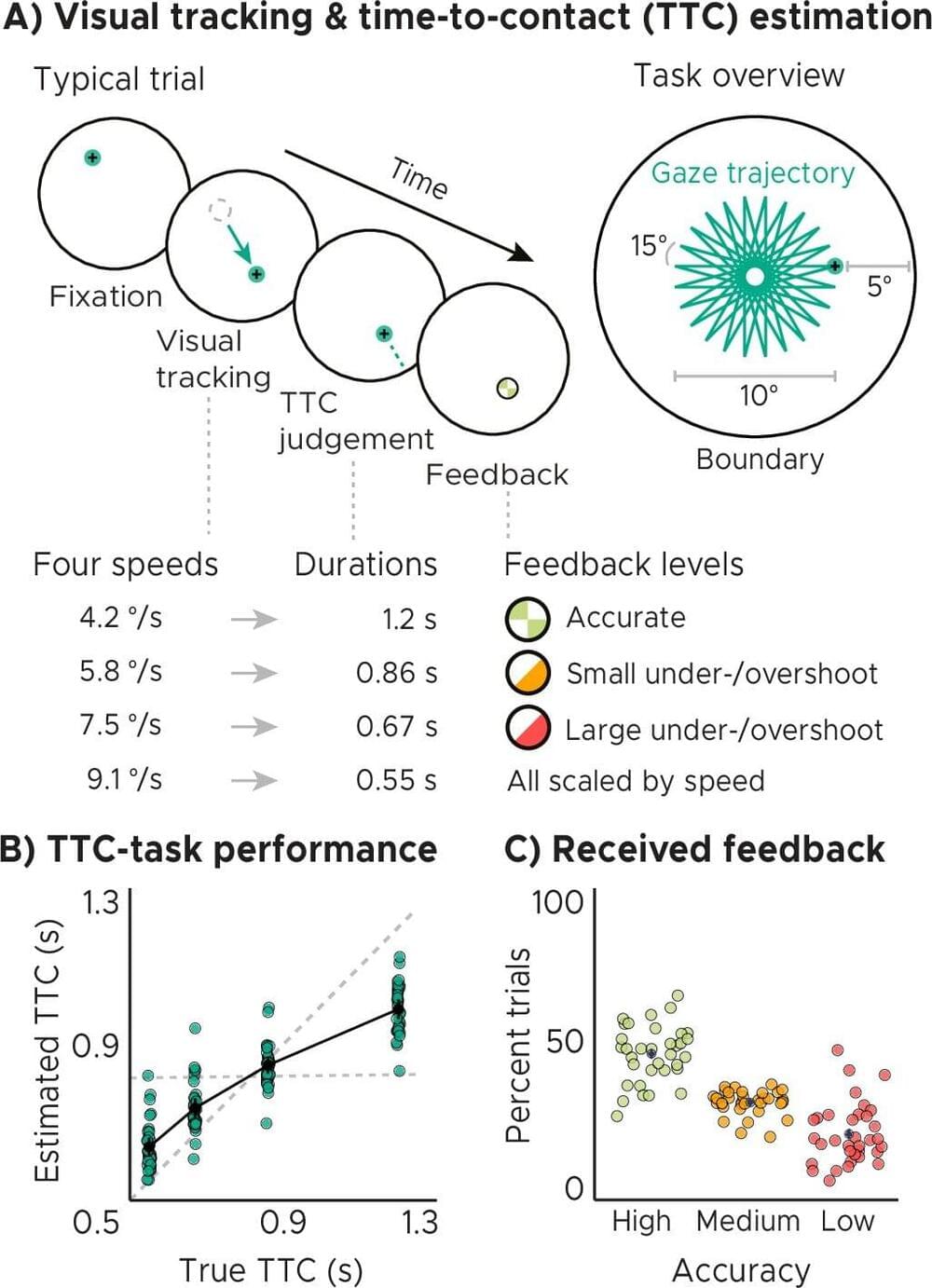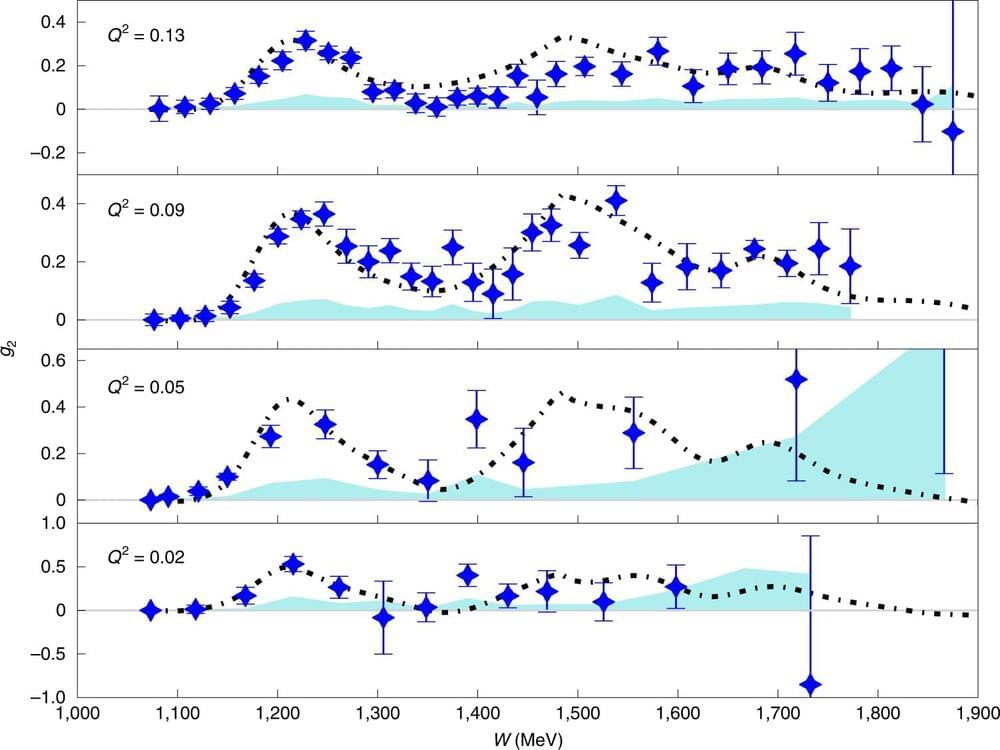Nov 3, 2022
Cloned cannabis cells with 12 times more potency are grown in Israeli bioreactor
Posted by Brent Ellman in categories: biotech/medical, innovation
“We grow them in huge bioreactors in just three weeks — while regular cannabis takes 14 to 23 weeks,” Sobel said. “Our tech can also significantly increase the levels of active ingredients, as a percent of the weight, versus what is found normally in the plant.”
An Israeli company has cloned hemp cells and used a bioreactor to grow them into a substance with all the active compounds of cannabis — and 12 times the potency.
BioHarvest Sciences says the breakthrough could make the medical benefits of cannabis available in cheaper, cleaner and greener form. It has started applying for the necessary licenses to manufacture and sell its product for medical use in Israel and the United States.

